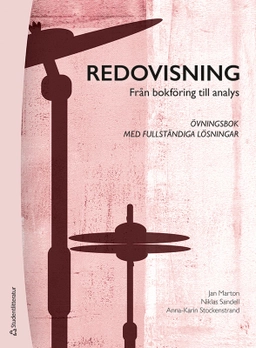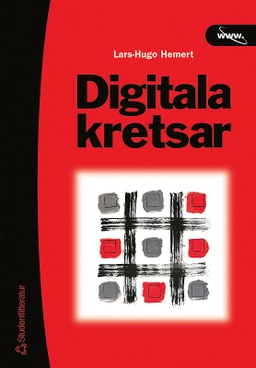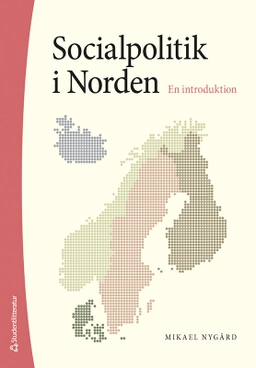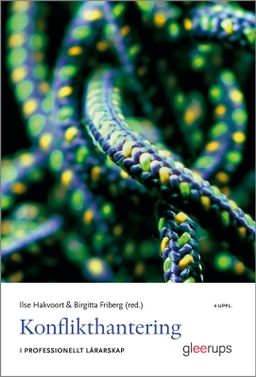The text lays out the fundamental science of metallic biomaterials, their bulk and surface properties, the fundamental features of thebulk and surface structures and the properties of these materialsas they relate to the design and performance of metallic medicaldevices. Interactions between the metal and the biologicalenvironment are defined and discussed (Corrosion andBiocompatibility), and the effects of loading (stresses andstrains, motions, tribology, fatigue, fracture), corrosion, andbiological processes including adsorption and cell interactions)are described from fundamental principles as well as synthesis ofempirical observations and seminal studies. Engineeringaspects of the use of metallic biomaterials in the wide array ofmedical devices are discussed. The text discusses testmethodologies and instrumentation for studying metallicbiomaterials (surfaces and bulk properties) including microscopies(SEM, EDS, AFM, etc.) mechanical testing (fracture toughness, fatigue, static properties), and chemical analysis (XPS, TOF-SIMS, etc.). There is significant focus on the surfaces of metallicbiomaterials and their interaction with the biologicalsystem. This complex interaction between a metal, its oxidefilm surface, adsorbed biological species (proteins) and the cellsthat grow adjacent to the surface is discussed from severalfundamental theories including the electrical double layer, basiccorrosion theory, high field oxide film growth, semiconductorelectrochemistry, impedance spectroscopy, etc. Conjointinteractions (e.g., fretting corrosion) and biological interactions(e.g., cell-corrosion interactions) are discussed. Finally, several different cast studies of failures of retrieved medicaldevices are described and used as examples for engineering analysisof failure.
Åtkomstkoder och digitalt tilläggsmaterial garanteras inte med begagnade böcker





















